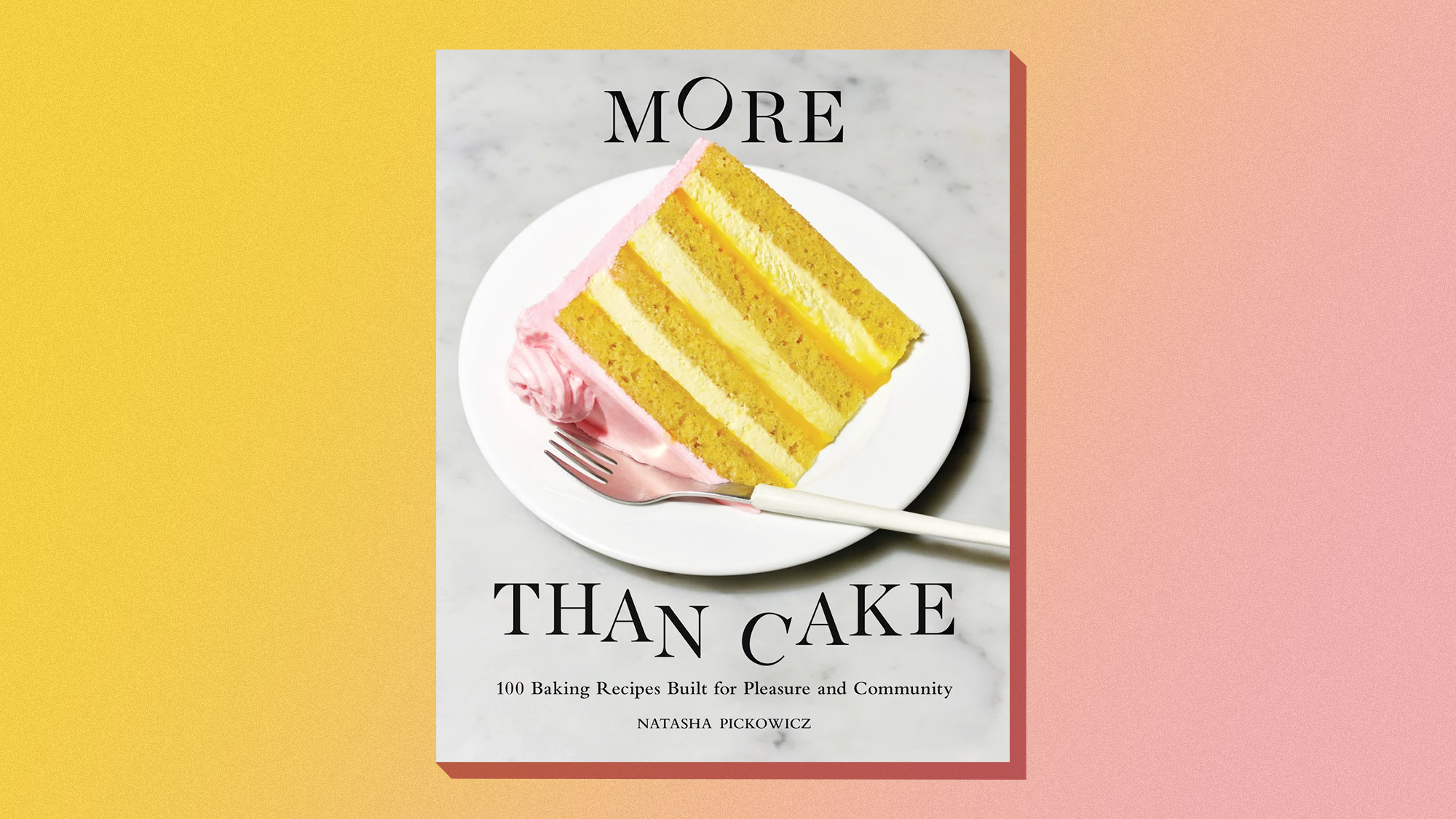The Wal-Marting of America
The retail empire built by the late Sam Walton has become the largest company in the world. Wal-Mart, in fact, now wields so much power that it’s making publishers, record companies, and Hollywood nervous. Why?
How big is Wal-Mart?
It’s the top revenue generator on the planet. Wal-Mart has vaulted past ExxonMobil and General Motors to become No. 1 on the Fortune 500. It has 3,000 massive, boxlike stores in the U.S.—some big enough to house three football fields—and owns an additional 1,000 stores in Canada, Europe, Mexico, and other parts of the world. The company employs more than 1.3 million people worldwide. It rakes in more than $240 billion a year. That’s roughly 2.4 percent of the U.S. economy, and greater than the gross domestic product of Switzerland.
Why is Wal-Mart so successful?
The Week
Escape your echo chamber. Get the facts behind the news, plus analysis from multiple perspectives.

Sign up for The Week's Free Newsletters
From our morning news briefing to a weekly Good News Newsletter, get the best of The Week delivered directly to your inbox.
From our morning news briefing to a weekly Good News Newsletter, get the best of The Week delivered directly to your inbox.
It’s quite simple: Low prices. When Sam Walton launched the chain in 1962, he vowed to offer “everyday low prices” on everything he sold. That reflected his own frugality. Walton famously drove an old pickup, often transporting merchandise himself in the early days to save a buck. He pioneered such cost-cutting methods as displaying merchandise in bulk and buying directly from manufacturers. The company developed a massive computer system, bigger than the Pentagon’s, to keep stores stocked as efficiently as possible. The strategy was to create savings at every step that could be passed along to price-conscious shoppers. It worked. Investing wizard Warren Buffet estimates that Wal-Mart probably saves U.S. consumers $10 billion a year—and has almost single-handedly prevented the return of inflation. “They have done more than Alan Greenspan to lower prices,” said Burt Flickinger III of Reaching Marketing, a Connecticut consulting firm.
Just how powerful is Wal-Mart?
A hundred million shoppers walk into a Wal-Mart every week, making the chain the nation’s single biggest seller of groceries, clothing, DVDs, dog food, detergent, diapers—even diamonds. Disney, Kraft, Procter & Gamble, Revlon, Gillette, and Campbell Soup sell more product through Wal-Mart than any other outlet. Some 200 major manufacturers have even set up what amount to corporate embassies in Bentonville, Ark., where Wal-Mart has its home office. Wal-Mart buys in such volume that it can squeeze its suppliers to slash prices to the bone, or even to change their products to better suit the needs of the store’s customers. “We call it the Wal-Marting of America,” said one marketing consultant.
What’s wrong with that?
A free daily email with the biggest news stories of the day – and the best features from TheWeek.com
The concentration of so much power in one company’s hands alarms some of the manufacturers whose products Wal-Mart sells—particularly those with cultural content. Wal-Mart refuses to sell books, music, magazines, or films that it deems obscene or offensive. A Wal-Mart ban is no small event: The chain alone accounts for 20 percent of the recorded music sold in the U.S., and 60 percent of any best-selling DVD. Warren Lieberfarb, a former Warner Bros. executive, says Wal-Mart’s DVD sales generate nearly as much profit for the major studios as they make at all the theaters in America. So recording and film studios have resorted to sanitizing popular CDs and DVDs, to make sure Wal-Mart sells them. Nirvana changed the title of one song from “Rape Me” to the meaningless “Waif Me” on albums sold in Wal-Mart. Hundreds of other artists have changed album covers and lyrics to comply with a Wal-Mart policy against selling anything that requires a parental warning label. “If the stores are not going to put the CDs on the shelves,” said Jay Rosenthal, a lawyer for the Recording Artists Coalition, “then the record companies are not going to make them.”
How does Wal-Mart decide what’s tasteful?
Sometimes by listening to customer complaints. Recently, Wal-Mart suspended sales of “laddie” magazines aimed at young men—Maxim, Stuff, and FHM. (Maxim and Stuff are owned by Dennis Publishing, which also owns The Week.) The Christian Right had pressured Wal-Mart to drop the racy magazines, and store executives said they’d also received complaints from customers who shop with their small children. This summer, clerks began placing plain wrappers over the covers of such women’s magazines as Redbook and Cosmopolitan, which also feature scantily dressed women. Wal-Mart does, however, continue to sell guns, which led singer Sheryl Crow to include this line on a 1996 album: “Watch our children as they kill each other with a gun they bought at Wal-Mart discount stores.” When Crow refused to delete that line, Wal-Mart refused to carry her album.
Isn’t that censorship?
Wal-Mart spokesmen say it’s just good business. Sam Walton built his retail empire by leaving big cities to other retailers and planting his stores in deeply religious, rural America. The executives who have carried on since Walton’s death in 1992 have scrupulously maintained the wholesome corporate image Walton created. “We don’t have a bank of censors—we just want to know what our products are,” said a Wal-Mart spokesman. “Our customers understand what we’re trying to do here.”
The death of Main Street
How Wal-Mart Is Destroying America,
-
 ‘The menu’s other highlights smack of the surreal’
‘The menu’s other highlights smack of the surreal’Instant Opinion Opinion, comment and editorials of the day
-
 Education: More Americans say college isn’t worth it
Education: More Americans say college isn’t worth itfeature College is costly and job prospects are vanishing
-
 One great cookbook: ‘More Than Cake’
One great cookbook: ‘More Than Cake’the week recommends The power of pastry brought to inspired life